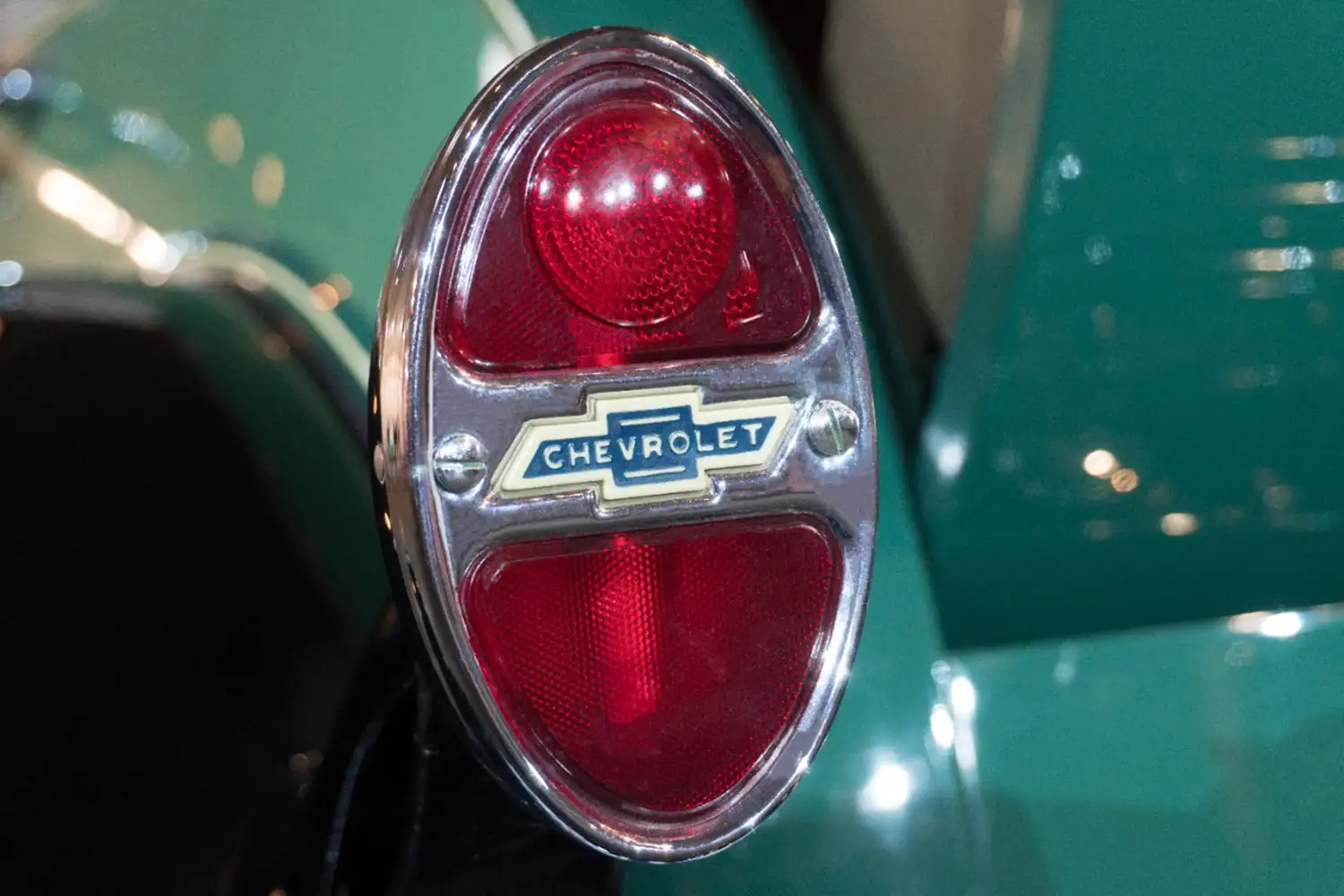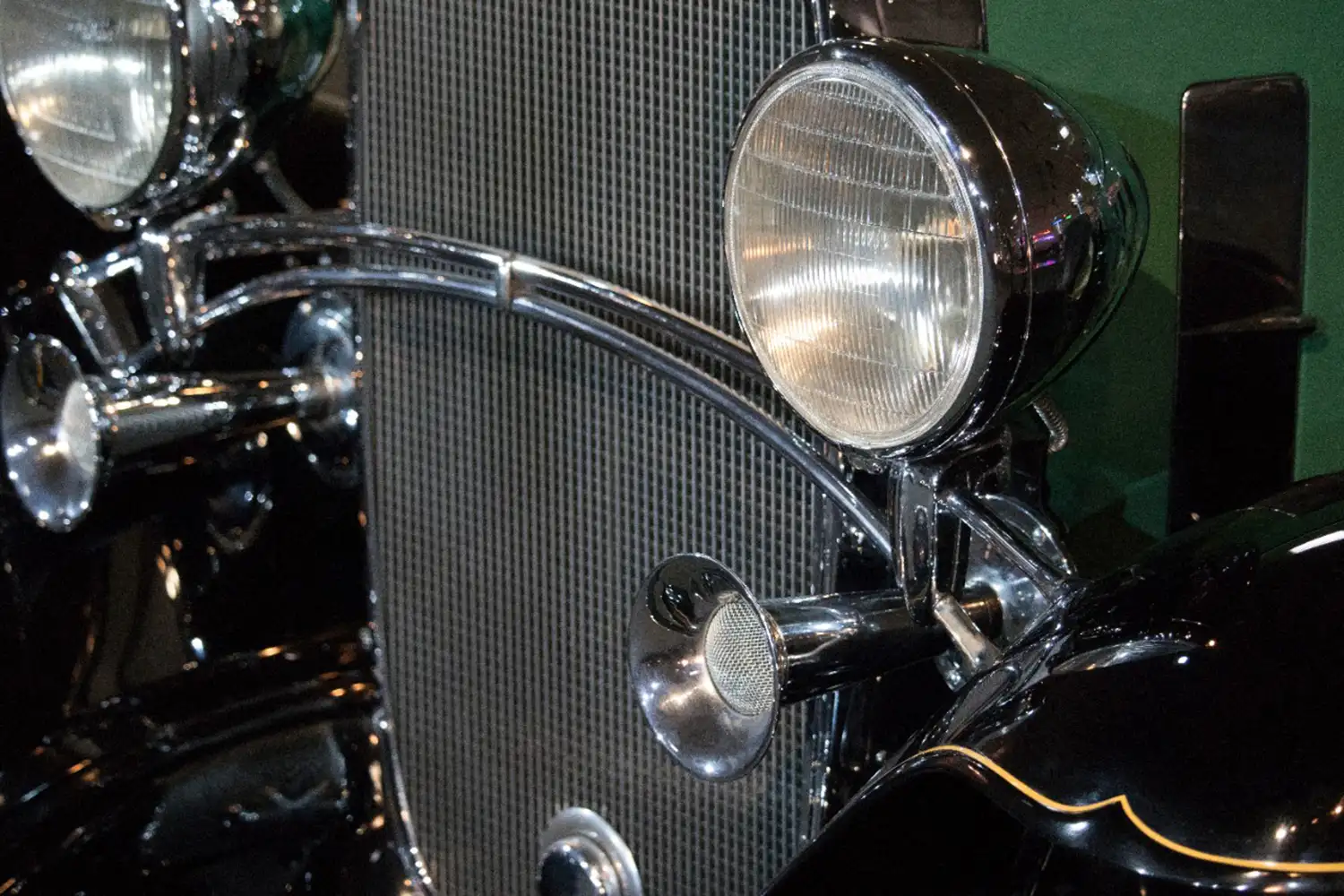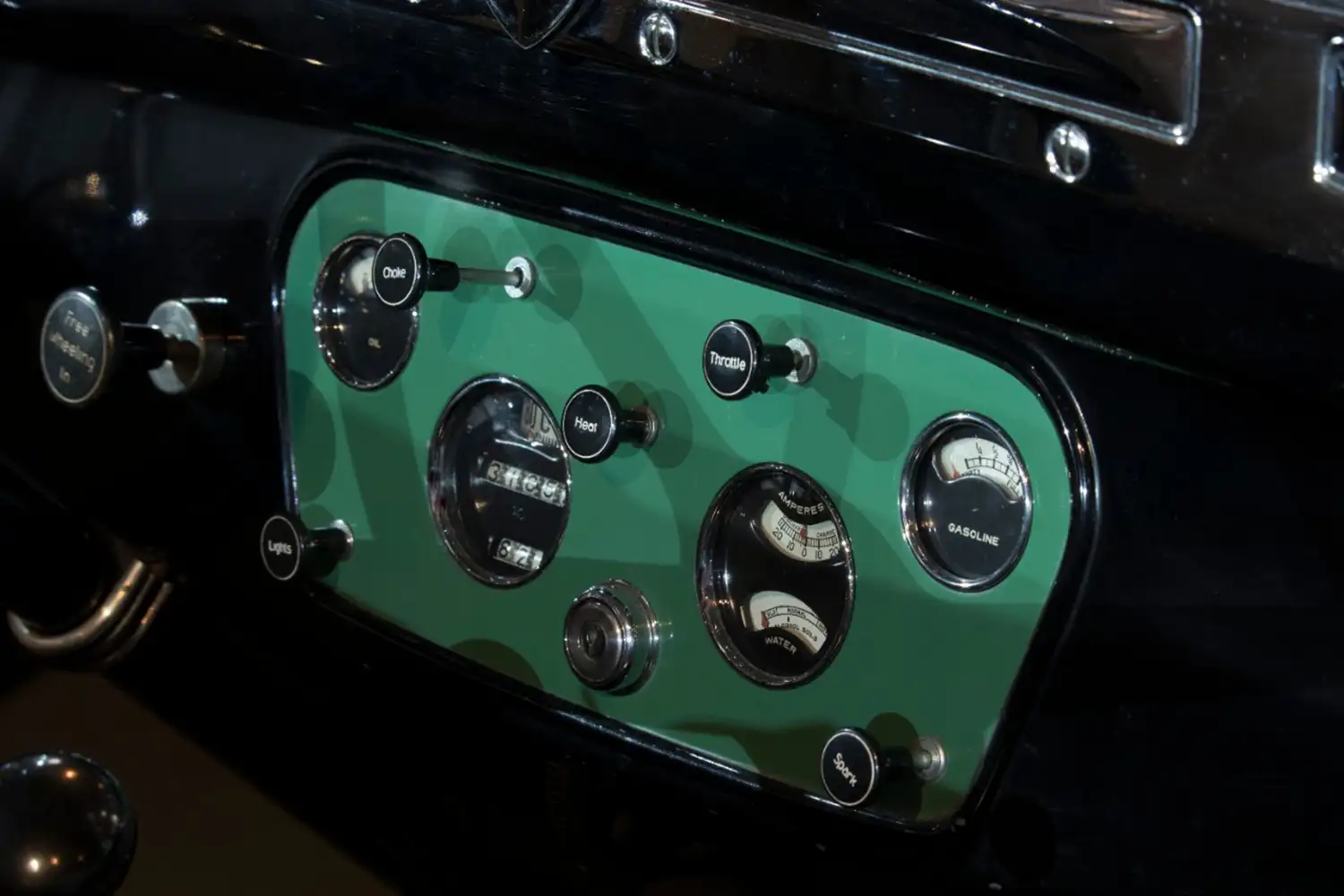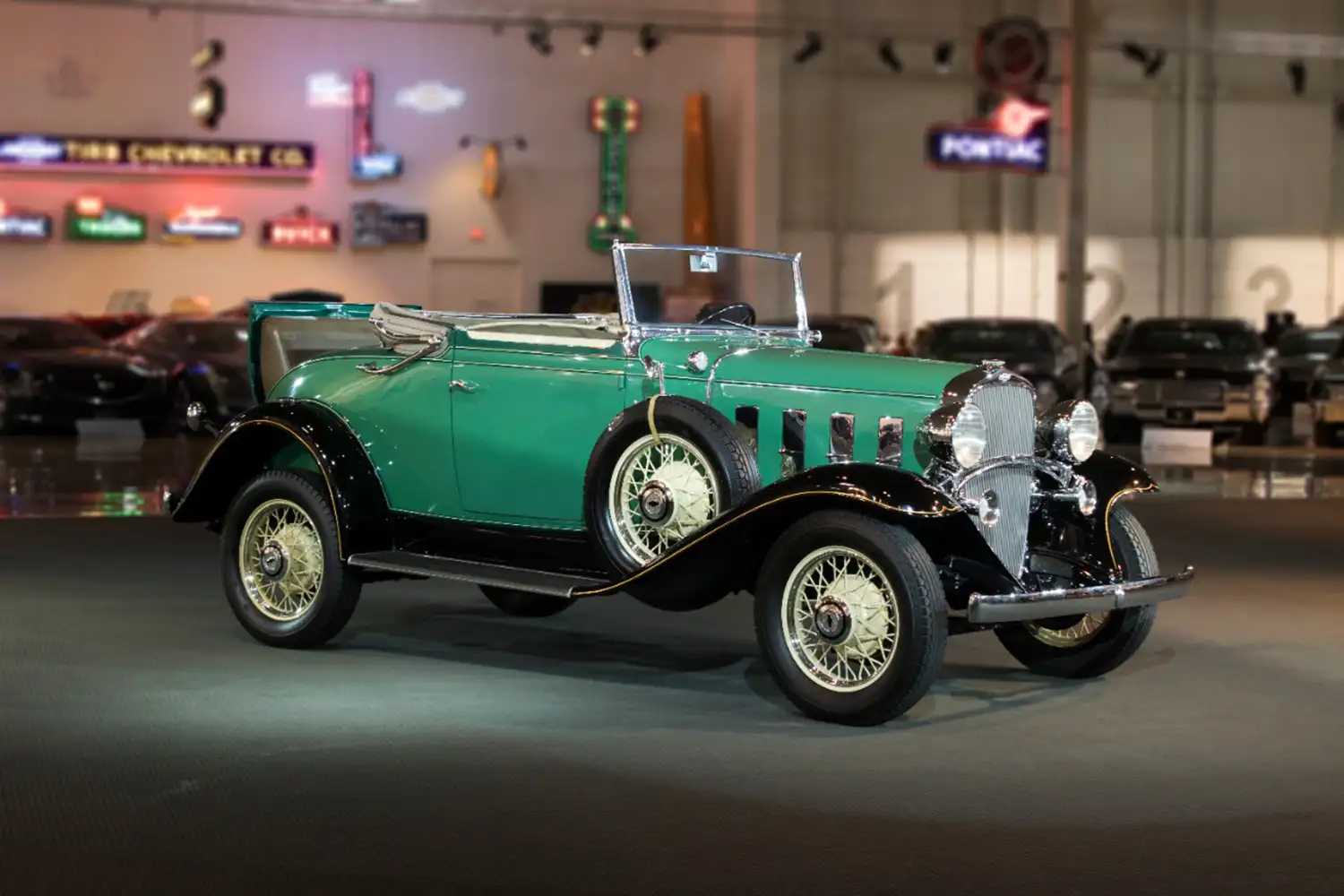
hen Chevrolet introduced its 1932 models, they were called “The Great American Value”. Their road worthiness and durability are as impressive today as it was back when the cars were new. Early 1930s Chevrolets used both a descriptive name and alpha-numeric model identification. The 1932 cars were identified as Confederate or Series BA. However, Chevrolet’s focus was not nomenclature but its recognition that the six-cylinder engine was highly desirable for its flexible power and minimized the need to shift gears. Chevrolet completed the picture by adding synchromesh transmission, four-wheel mechanical brakes, free-wheeling, a counter-balanced crankshaft to dampen vibration, a downdraft carburetor for better engine, and frame braced with five cross-members to increase chassis strength – all features associated with more expensive automobiles.
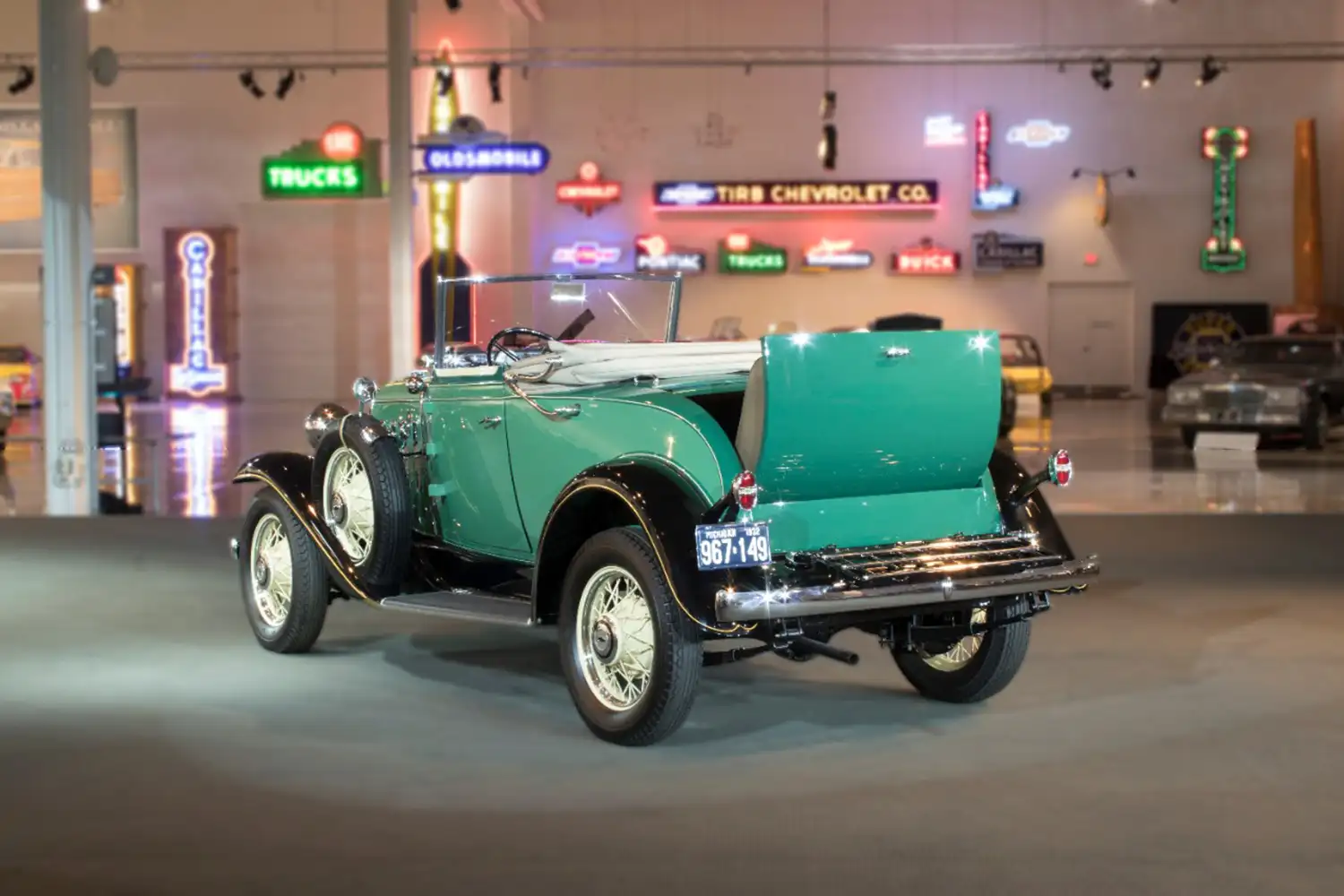
Despite a bleak year, Chevrolet produced what is often considered among the most outstanding Chevrolets ever, the Confederate Roadster. Rather than undertake massive redesign of their 1931 model, Chevy focused on engine and styling improvements, and came up with 117. Among the most important improvements was the Synchromesh transmission, which allowed easier gear changes effected by matching the speed of the gears before bringing them into mesh. Marketing of these new cars reflected the state of the times, offering free inspection and adjustment at 500 miles, free inspection every 1,000 miles and replacement with no charge for parts. This particular specimen qualifies as an early production model due to its dual “side-mounts”. It’s also “loaded” with quite a few popular options.
ENGINE: 60 horsepower, 194 CID, 6-cylinder
